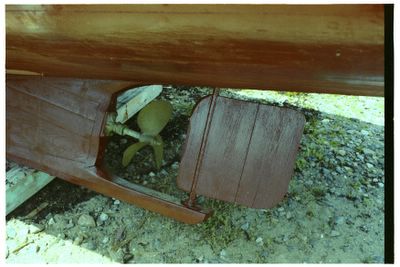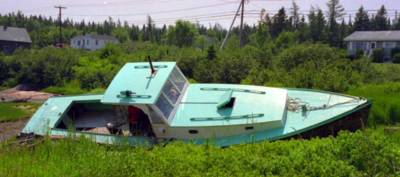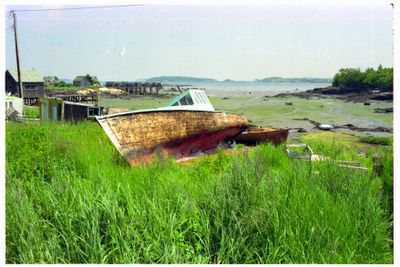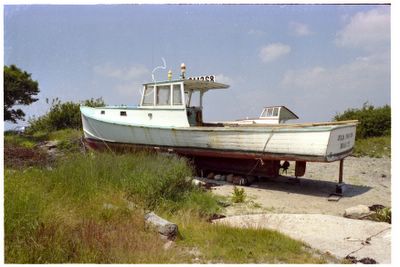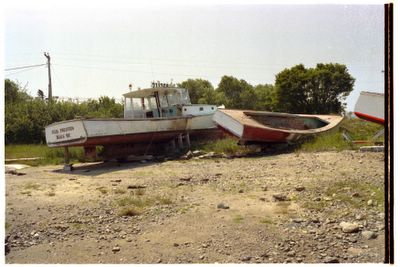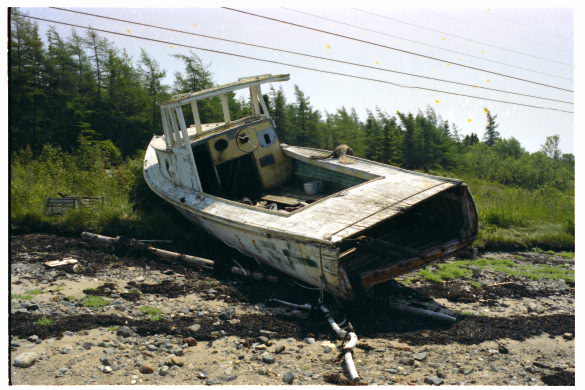
How to Make a Medicine Bottle Air Horn
from wikiHow - The How to Manual That You Can Edit
An air horn brought from the store will only last as long as the compressed air inside the can does, but with a few household items, you can easily make your own air horn that will last quite a long time!
Steps
- Using a heated screwdriver will make it easier.Poke a hole in the cap, side, and bottom of the medicine bottle. Size does not matter, except for the hole on the bottom, which should be large enough for a drinking straw to fit snugly into.
- Take the cap off the bottle. Cut a piece of a balloon and stretch it over the top of the bottle. Secure the balloon with a rubber band. Replace the cap on the bottle.
- Cut another piece of a balloon and stretch it over the bottom of the bottle. Secure it with a rubber band.
- Poke the straw through the hole on the bottom. It might be helpful to first poke a hole in the balloon.
- To use, blow into the hole on the side.
Video
Tips
- Use a heated screwdriver to make poking holes in the bottle easier.
- If it's not working, try moving the straw up and down.
- The straw should be longer than the bottle itself.
- The larger the straw (in circumference), the louder the sound will be.
- Making the hole on the side larger will make it less of a strain on your cheeks to blow into it.
Warnings
- Do not use this air horn near anyone's ears; it could cause hearing damage.
- If using a heated screwdriver, exert caution not to burn yourself or to breathe in the fumes of the plastic.
- Exercise appropriate caution when using edged tools such as scissors.
Things You'll Need
- Medicine bottle
- Scissors
- Balloons
- Drinking straw
- Rubber bands
Printer Friendly Version
Article provided by wikiHow, a wiki how-to manual. Please edit this article and find author credits at the original wikiHow article on How to Make a Medicine Bottle Air Horn. All content on wikiHow can be shared under a Creative Commons license.




